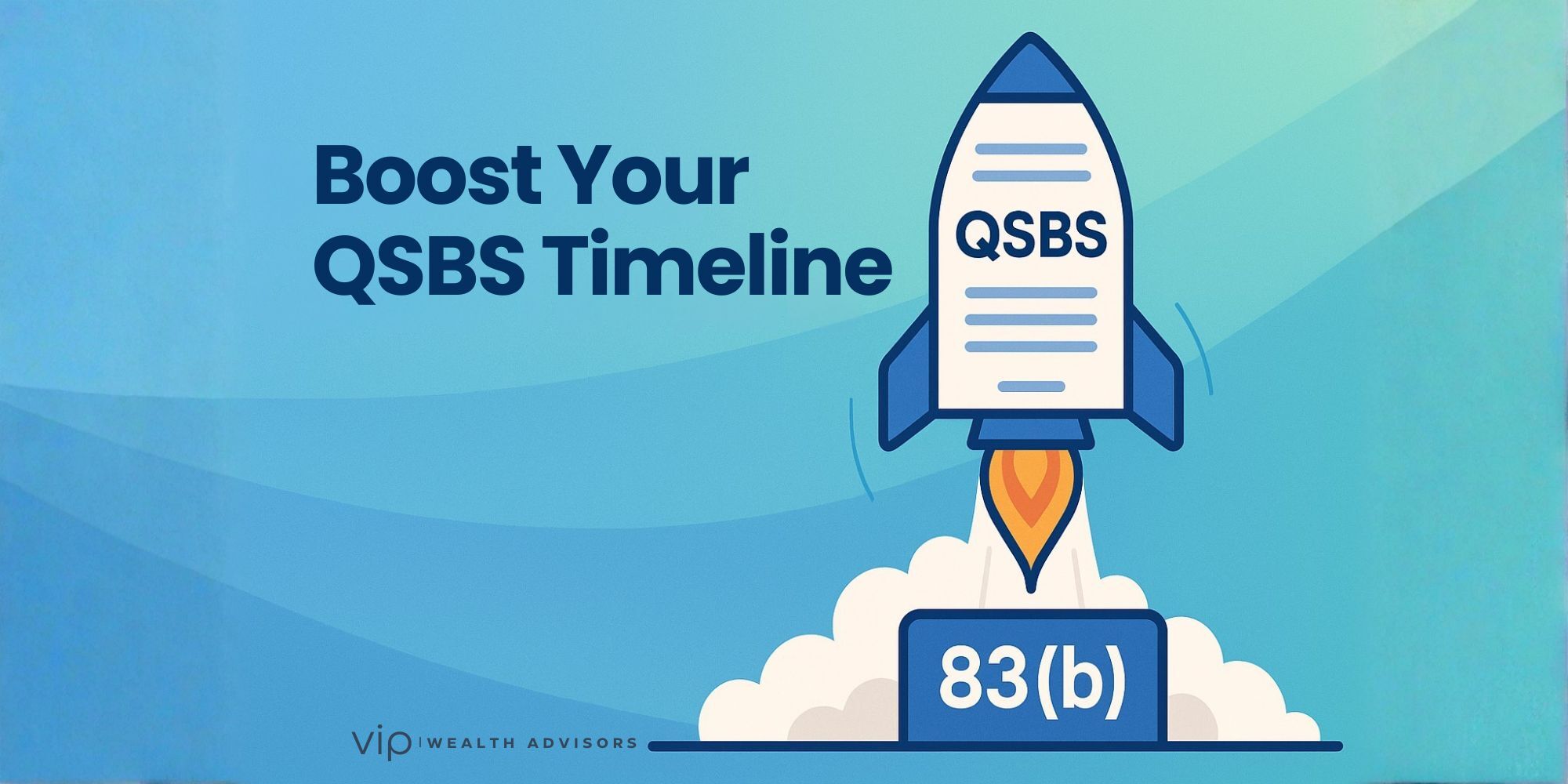A Deep Dive into the Hidden Rules, Tax Traps, and Missed Opportunities in Retirement Planning
Having spent over two decades in wealth management, I’ve encountered everything from spreadsheets and planning software to portfolios and promises. Despite this, one aspect that consistently confounds both clients and experienced advisors alike is the often-overlooked Individual Retirement Account (IRA).
At first glance, IRAs seem straightforward: tax-advantaged retirement savings vehicles with annual contribution limits and required distributions down the road. But beneath the surface lies a web of rules, exceptions, tax traps, and timing nuances that make IRAs one of the most complex and often misunderstood tools in a financial plan.
In this article, we’re going to go beyond the basics. We’ll explore the technical blind spots, tax mechanics, and real-world mistakes that happen more often than you think. Whether you're a high-income earner, a business owner, or a professional with significant retirement assets, this deeper understanding of IRAs could help you avoid painful missteps and uncover planning opportunities that others miss.
The “Basics” That Aren’t Actually Basic
Contribution Limits for 2025
- $7,000 for individuals under age 50
- $8,000 for individuals 50 or older (including a $1,000 catch-up)
Deductibility Depends on Coverage and Income
- Single, covered by workplace plan: $79,000–$89,000 phaseout
- MFJ, taxpayer covered: $126,000–$146,000
- MFJ, spouse covered: $236,000–$246,000
Deducting above these thresholds creates non-deductible basis that must be tracked—or risk future tax complications.
Roth IRA Income Limits and the Backdoor Strategy
- Single: $150,000–$165,000
- MFJ: $236,000–$246,000
Backdoor Roths can be sabotaged by the pro-rata rule. If you have other pre-tax IRA funds, conversions will be partially taxable. Coordination matters.
The Roth Five-Year Rules
1. Roth Contributions
Tax-free earnings require five tax years and age 59½.
2. Roth Conversions
Each conversion has its own five-year clock to avoid the 10% penalty.
3. Inherited Roth IRAs
If the account owner dies before five years, earnings may be taxable to the beneficiary.
IRA Distribution Rules
Required Minimum Distributions (RMDs)
- Start at age 73 (75 if born 1960 or later)
- Roth IRAs exempt while account owner is alive
- Penalty for missed RMDs: 25% (can be reduced to 10%)
IRAs can be aggregated for RMDs, but not with employer plans.
Form 8606 and Aggregation Risk
If you've ever made non-deductible contributions, Form 8606 is required. Missing it can lead to double taxation.
Inherited IRAs and the 10-Year Rule
Non-Spouse Beneficiaries
- Must withdraw all funds within 10 years
- If decedent had begun RMDs, annual distributions are also required
Eligible Designated Beneficiaries (EDBs)
- Spouses
- Minor children (until majority)
- Chronically ill/disabled
- Individuals less than 10 years younger than the decedent
Failing to correctly classify a beneficiary can trigger excess tax.
Custodian Errors (And Why They're Your Problem)
- One-rollover-per-year rule violations
- Incorrect Form 5498 or 1099-R coding
- Misaligned beneficiary designations
Custodians aren’t fiduciaries. You bear the burden of proof in fixing their mistakes.
Roth Conversions and Timing Windows
Strategically filling up low tax brackets during retirement gaps (e.g., before Social Security starts) can create long-term tax savings. But be aware of:
- IRMAA (Medicare surcharges)
- Net Investment Income Tax (NIIT)
- Taxable Social Security benefits
Advanced IRA Tactics
Qualified Charitable Distributions (QCDs)
Donate up to $100,000 from your IRA after age 70½. Reduces AGI and satisfies RMDs.
Net Unrealized Appreciation (NUA)
Distribute employer stock in-kind. Pay ordinary income on cost basis, capital gains on growth. This strategy disappears if rolled into an IRA.
Final Thoughts
IRAs are easy to open, but hard to optimize. One wrong move—a missed form, a mistimed conversion, a misclassified beneficiary—can trigger taxes, penalties, or lost opportunity.
Thoughtful, integrated planning ensures your IRAs align with your bigger picture: tax efficiency, legacy goals, and retirement income.
Now is the time to get ahead of it—before the window closes and tax season passes you by.








